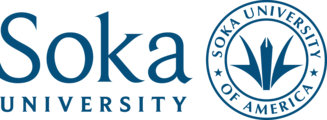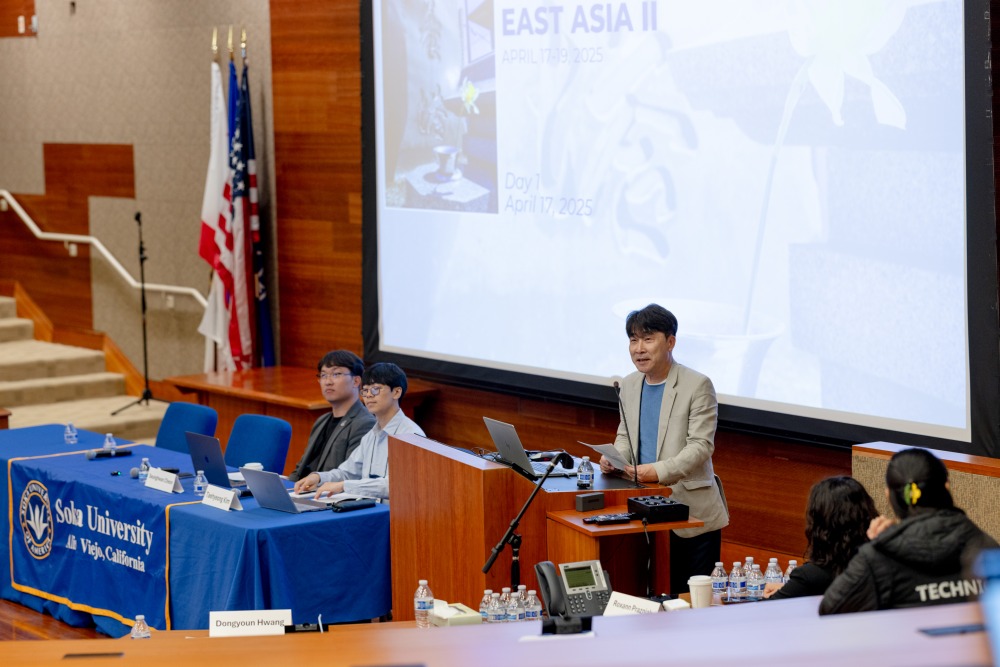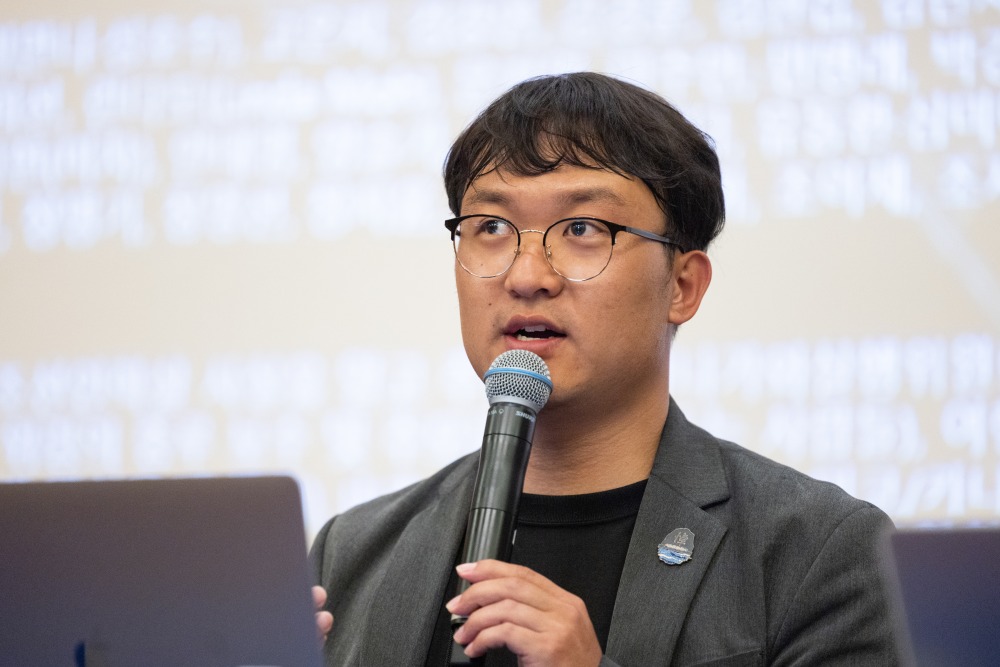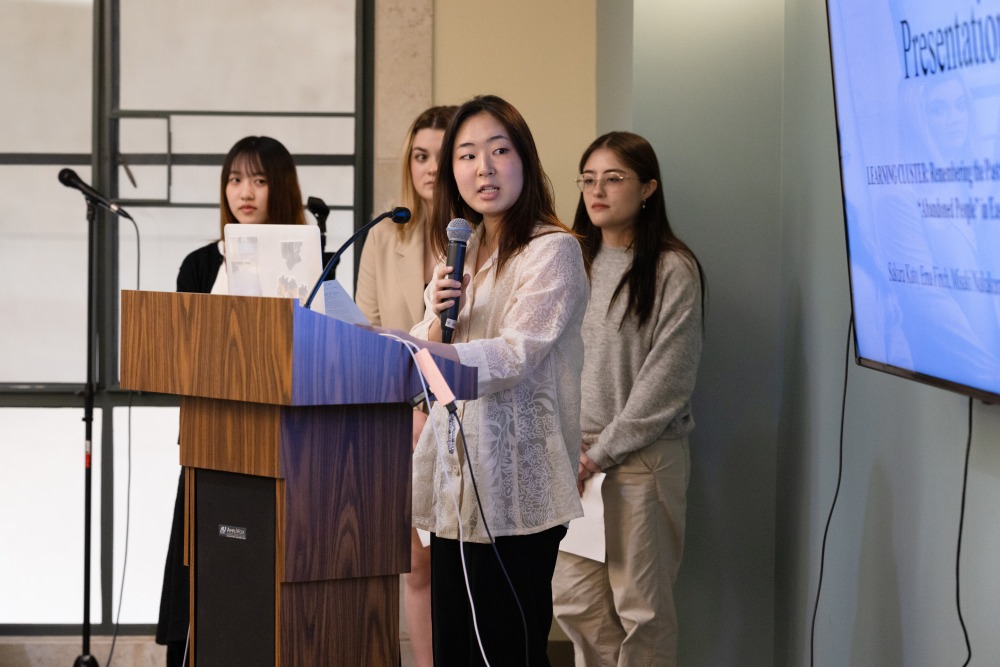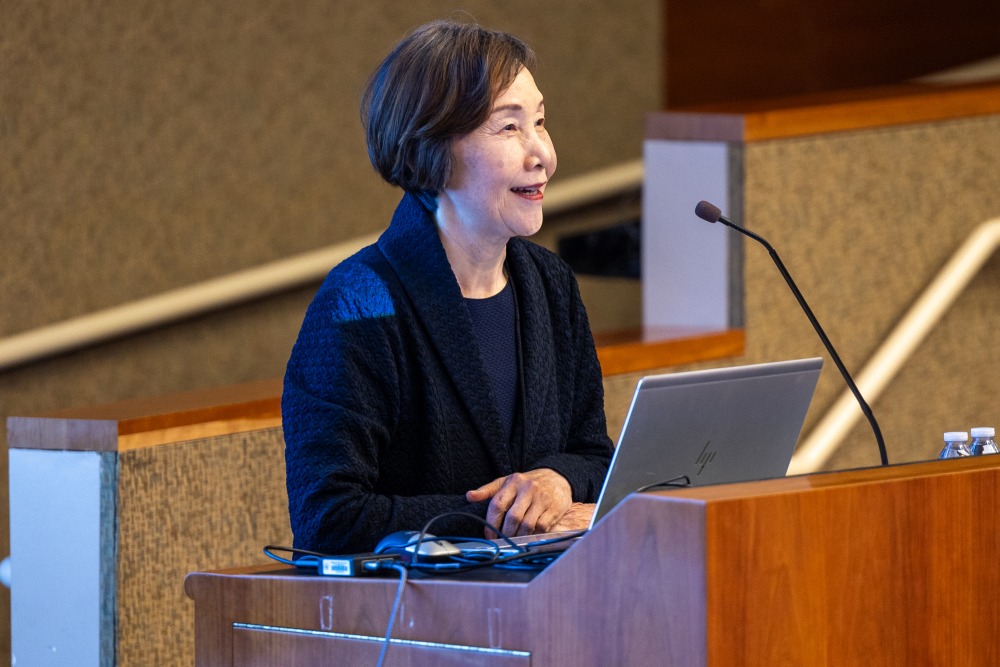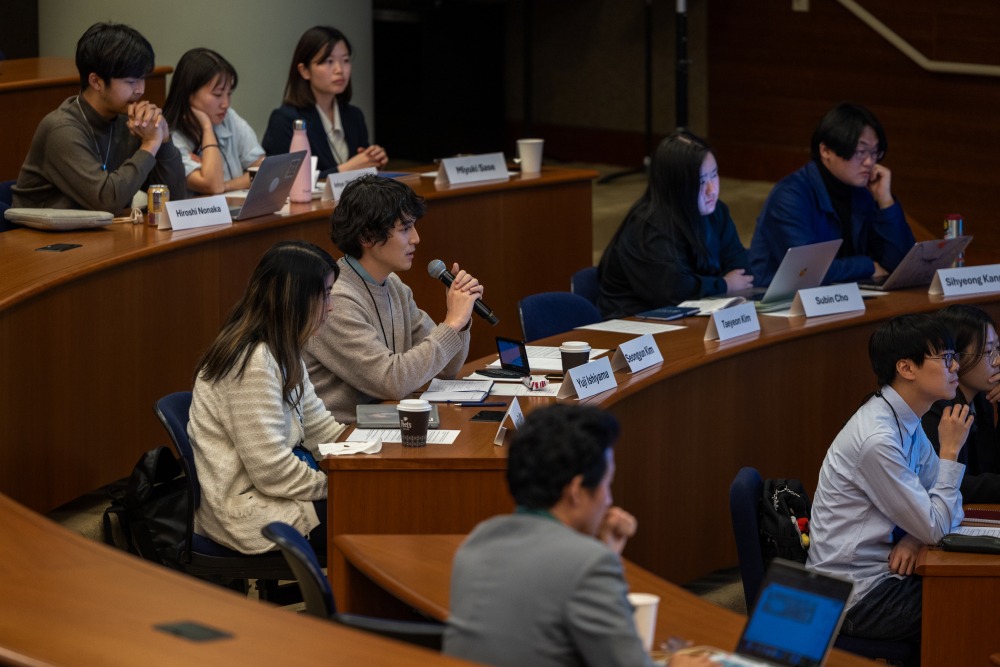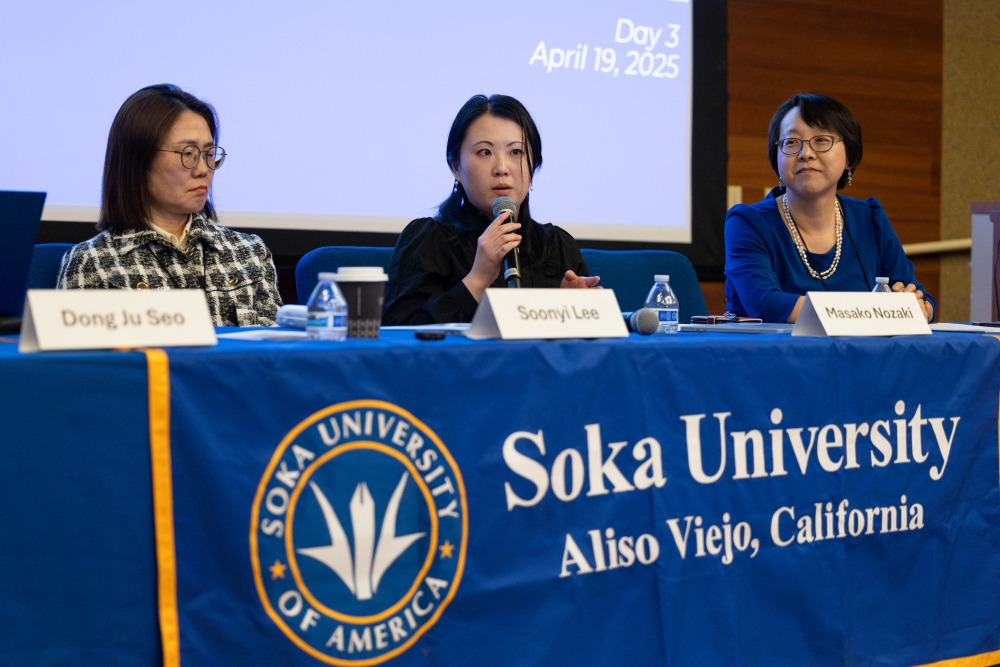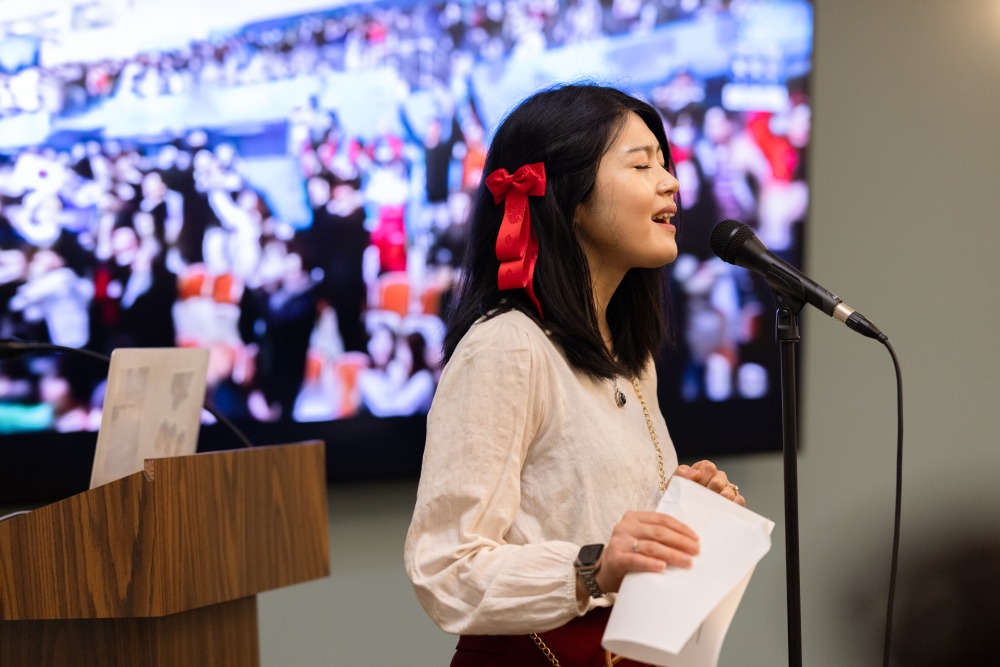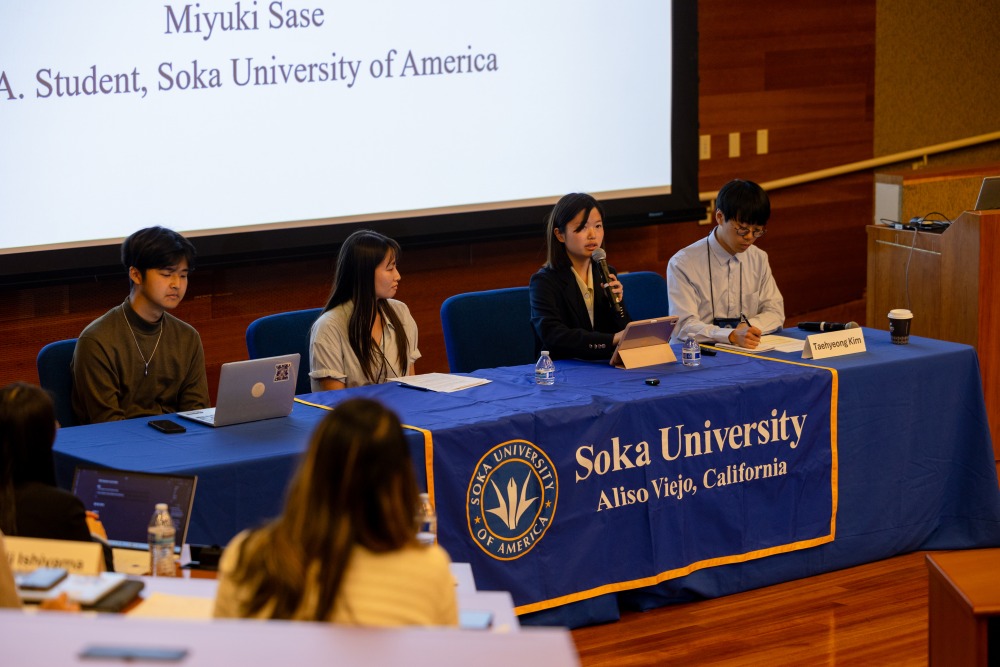Healing Through Memory: Global Scholars Tackle East Asia's Difficult Past
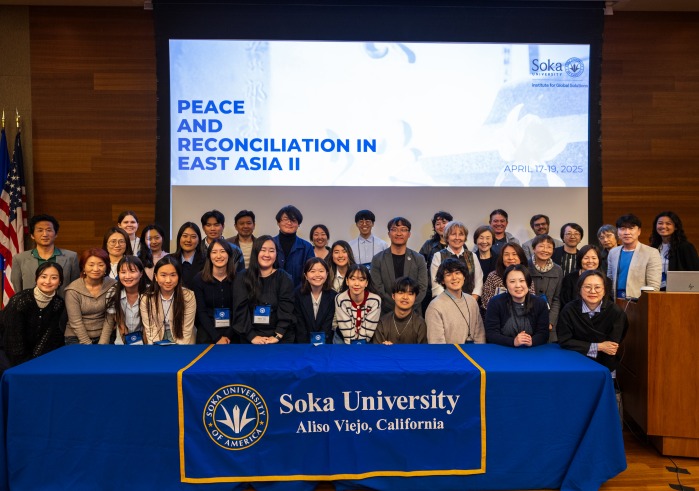
In the wake of horrific acts of violence and human rights abuses, how can societies reconcile painful, conflicting memories and ensure a future of peaceful cooperation? The Soka Institute for Global Solutions seeks to answer this question through the Peace and Reconciliation in East Asia project, a series of three annual symposia exploring practices that foster dialogue and mutual trust following historical disasters like war, colonialism, and political injustice.
Focusing on events in South Korea, this year’s symposium took place from April 17 to 19 at SUA and featured a photo exhibit, a documentary film screening, and multiple talks and panels on legal approaches to reconciliation, how East Asian societies have processed past atrocities, and the roles of gender and politics in shaping cultural histories. Presenters included documentary photographer Seunghwan Cheon; Tomoko Watanabe, director of the NGO ANT-Hiroshima; Virginia Moon, associate curator of Korean art at the Los Angeles County Museum of Art; and scholars from 14 universities in the U.S., South Korea, Japan, and Taiwan.
Undergraduate and graduate students from SUA, Seoul National University, and UC Irvine led a roundtable discussion and acted as designated respondents to every session. SUA students also delivered pre-symposium presentations sharing their own research. This high level of student involvement was one of the primary goals of the entire symposium series.
“At Soka, one of our principles is student-centeredness,” said Dongyoun Hwang, professor of Asian studies and chair of the symposia organizing committee. “The symposium is not just for scholars or academics. It’s an inclusive, campus-wide event where students, staff, and alumni can participate.”
This year’s events also included a poetry reading by SUA systems librarian Yuan Liang and a musical performance by Gloria Takahashi, assistant to the Soka Institute for Global Solutions. Visual art, film, and literature were the focus of several presentations throughout the symposium, underlining the invaluable role of art and artists in fostering dialogue and reconciliation.
“Art can tell you about how important it is to make peace,” Hwang said, stressing how art can transcend borders and make a powerful case for reconciliation on a global scale.
Dean of Students Hyon Moon, who moderated one of the sessions, said she hopes symposium attendees left with a strengthened sense that a peaceful future in East Asia is possible. “While our history is marked by deep pain and unspeakable atrocities,” she said, “the SIGS symposium showed that we are still able to find hope even in the darkest moments. I believe that as long as there are those who remember the past, we can become a force to prevent its mistakes from repeating — and be the very hope the future needs.”
The following photo gallery captures some of the meaningful events that took place over the three days of the event. SUA alumni, students, and community members who are interested in participating in the 2026 symposium, which will focus on the People’s Republic of China, are encouraged to reach out to the Soka Institute for Global Solutions to find out more about the application process.
